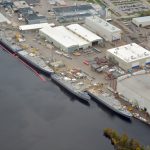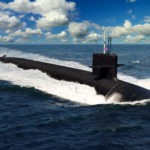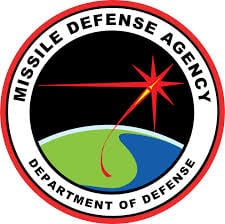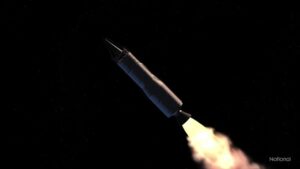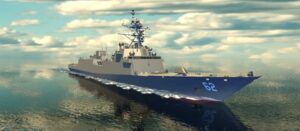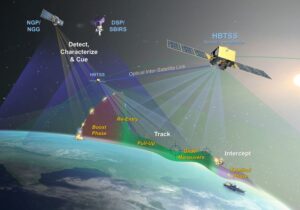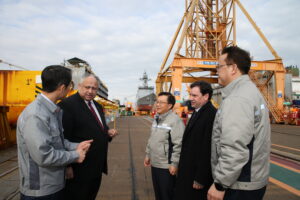
NATIONAL HARBOR, Md. – This week the Secretary of the Navy argued here that the U.S. Navy and industry should move toward the standards of shipbuilding he’s seen in South Korea and Japan in a recent trip. “When my team and I went to South Korea we were floored at the level of digitization and real time monitoring and shipbuilding progress with readily available information down to the individual pieces of stock materials - where top executives can tell us…

 By
By 
